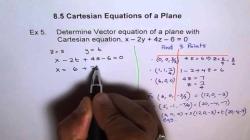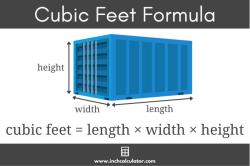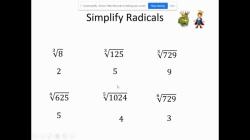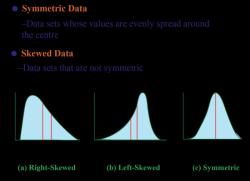What is the theoretical probability of tossing a coin?
The theoretical probability of tossing a fair coin refers to the likelihood of getting a specific outcome (heads or tails) based on the fundamental principles of probability. In the case of a fair coin, where both sides (heads and tails) are equally likely and there are only two possible outcomes, the theoretical probability can be expressed as a simple fraction.
The probability of getting heads or tails when tossing a fair coin is 1/2, or 50%. This means that each side has an equal chance of occurring, and the sum of the probabilities of all possible outcomes is 1 (or 100%).
Here's how it works:
- There are two equally likely outcomes: heads (H) and tails (T).
- The probability of getting heads (P(H)) is 1/2, which is equivalent to 50%.
- The probability of getting tails (P(T)) is also 1/2, or 50%.
- The total probability of getting either heads or tails is P(H) + P(T) = 1/2 + 1/2 = 1, or 100%.
So, when you toss a fair coin, the theoretical probability of getting either heads or tails is 1/2, or 50%, which is the same for both outcomes because of the coin's fairness.
Calculating Theoretical Probability in Coin Tossing
The theoretical probability of an event is the likelihood of that event occurring, based on the number of possible outcomes and the number of favorable outcomes. In the case of a coin toss, there are two possible outcomes: heads or tails. Since each outcome is equally likely, the theoretical probability of getting heads or tails is 1/2 or 50%.
How Theoretical Probability Relates to Coin Toss Experiments
The theoretical probability of an event is a fixed value. However, the experimental probability of an event, which is the likelihood of that event occurring based on the results of a series of trials, can vary. For example, if you toss a coin 10 times, you may get heads 6 times and tails 4 times. The experimental probability of getting heads in this case is 6/10 or 60%.
As the number of trials increases, the experimental probability of an event will tend to converge on the theoretical probability of that event. For example, if you toss a coin 1,000 times, you are likely to get heads very close to 50% of the time.
Probability Formulas for Simple Coin Toss Scenarios
There are a number of probability formulas that can be used to calculate the probability of events in coin toss experiments. Some of the most common formulas include:
- Probability of a single event: P(event) = number of favorable outcomes / total number of outcomes
- Probability of multiple events: P(event A and event B) = P(event A) * P(event B)
- Probability of the complement of an event: P(not event A) = 1 - P(event A)
For example, the probability of getting heads and then tails in two coin tosses is:
P(heads) * P(tails) = 1/2 * 1/2 = 1/4
Real-World Applications of Theoretical Probability
Theoretical probability is used in a wide variety of real-world applications. Some examples include:
- Gambling: Casinos use theoretical probability to calculate the odds of winning and losing on various games.
- Insurance: Insurance companies use theoretical probability to calculate premiums.
- Quality control: Manufacturers use theoretical probability to calculate the likelihood of defects in their products.
- Genetics: Geneticists use theoretical probability to calculate the likelihood of inheriting certain traits.
- Forecasting: Meteorologists use theoretical probability to forecast the weather.
Limitations and Assumptions in Theoretical Probability Models
Theoretical probability models are based on a number of assumptions. These assumptions may not always be met in the real world. For example, theoretical probability models often assume that all outcomes are equally likely. However, in the real world, this is not always the case. For example, a coin that is not perfectly balanced may be more likely to land on one side than the other.
As a result, theoretical probability models can sometimes provide inaccurate results. However, they can still be a useful tool for making predictions about the likelihood of events.












